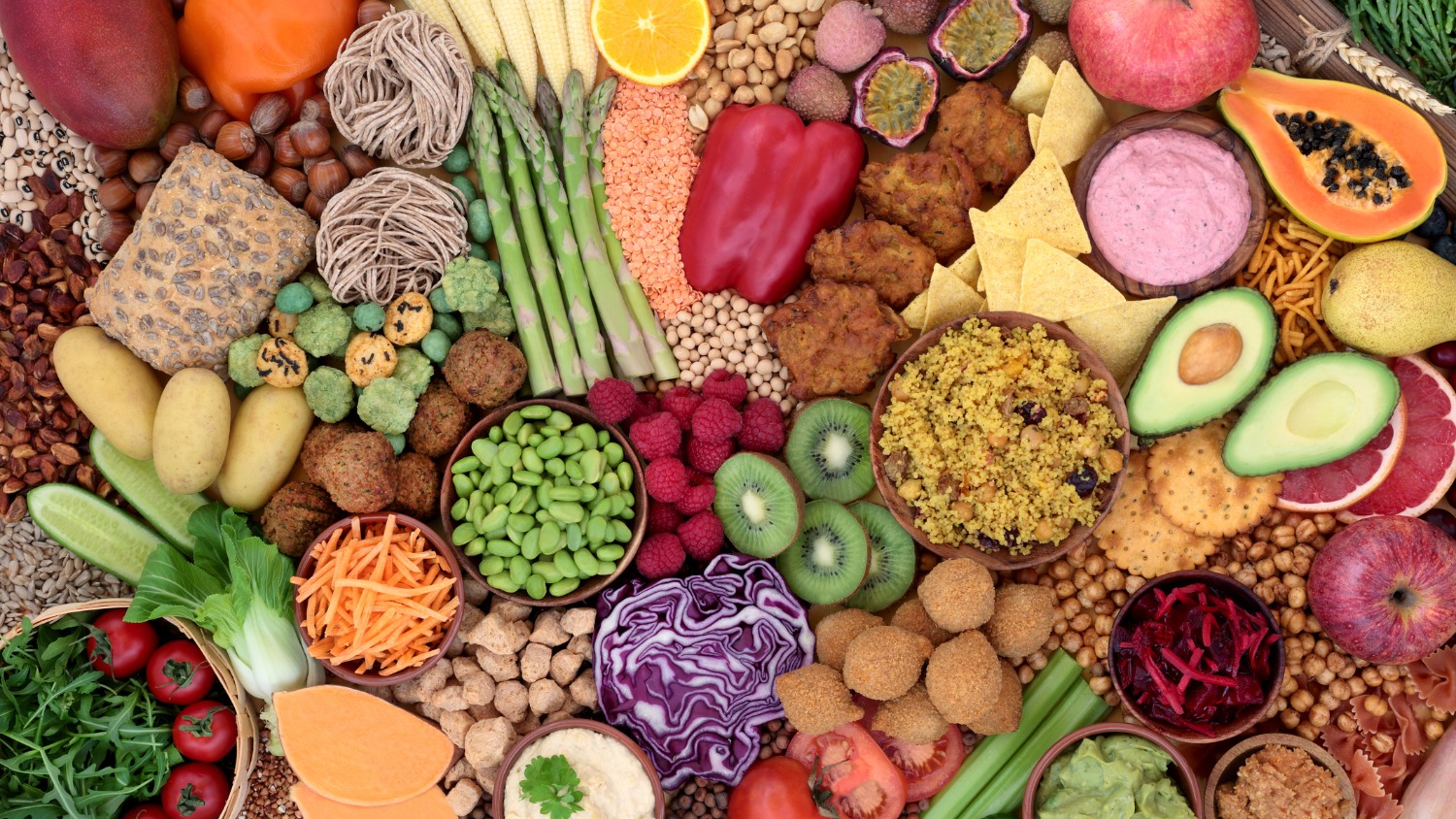
Kickstart Your Digestive Health with Fiber
Do you struggle to make healthy changes for yourself? What if you didn’t have to cut any food out of your diet to start shifting the way you feel?
When all else seems too daunting, simply adding dietary fiber into your daily diet may improve the function of your gastrointestinal system, your immune system and aid in the prevention and onset of diseases like diabetes, heart disease, obesity and several types of cancer.
Many people think fiber is just something you need when you’re constipated. The reality is that over 90% of Americans don’t eat enough fiber. Women at any age should be getting around 25 grams per day to keep their body functioning well. Studies show that most people are at least 50% deficient.
What Is Fiber?
Fiber is basically complex carbohydrates that pass through the digestive system without being digested or absorbed in the usual way. Its main function, however, is to keep that system working well. You’ll find most dietary fiber in whole vegetables and fruit, whole grains, and legumes.
If you read food labels, which is always a good practice, you may have come across ingredients like inulin, gums, pectins and celluloses. These too are fiber that has been extracted from a plant and added to products. When you’re buying packaged food, have a look at the fiber content on the nutrient label and search for food that has 5 to10 grams per serving.
Even though a packaged product may have a high percentage of fiber, it doesn’t necessarily mean that the product is good for you. Like any packaged food there are a lot of other things to look at. Be sure to check the ingredient list, fat content, and sugar content so that you’re not benefiting from extra fiber while negatively impacting your health in other ways.
It’s always easiest to add fiber using whole foods. That way you always know what you’re getting. Look for simple ways to add fiber into your meals.
How Fiber Helps
All fibrous foods contain both soluble and insoluble fiber in varying degrees. Some foods have more of one than the other, but there is much overlap and both are needed in a healthy functioning digestive system.
There is great benefit to varying your diet and trying some new whole foods. Variety not only helps you get a more robust fiber intake, but it allows your body the opportunity to absorb more vitamins and minerals as well.
Like everything, there are exceptions to note. If you’re going through cancer treatment, if you’ve had previous bowel obstruction, suffer from a severe condition that causes chronic abdominal pain like IBD, Diverticulitis, or have had recent abdominal surgery, then increasing fiber is not immediately advised. Your health provider will often suggest a low fiber diet for several weeks in these circumstances.
Soluble Fiber
Soluble fiber is diluted in water and slows down the speed that food travels within your body. This type of fiber is sometimes useful for diarrhea and in particular, natural gums like guar gum have been studied for their positive results. Soluble fiber also aids your liver’s ability to eliminate toxins by enhancing better bile flow to carry the toxins from your liver.
Some soluble fiber is prebiotic food thatfeeds the good bacteria in your gut. Foods such as artichokes, garlic, radish, onions, Jerusalem artichoke, chicory and chia seeds are all prebiotics. In addition, they help to reduce inflammation,regulate insulin, build bone,enhance immunity and brain function and may be cancer protective.
Resistant starches are soluble fiber thataid weight loss, have anti-inflammatory effects and may improve insulin sensitivity. Rice, pasta and potatoes that have been cooked and then cooled all become resistant starch, along with sour dough breads, underripe bananas, and overnight oats.
Insoluble Fiber
Insoluble fiber is helpful for regular bowel movements by speeding up the movement of food as it binds to water, softening the stool and easing constipation. Some insoluble foods are shown to slow down the absorption of glucose which is very helpful for diabetics.
Root vegetables, beets, kale, collard greens, apples, broccoli, asparagus, rice, legumes, cauliflower, fruit skin, seeds, and whole grains all have higher amounts of insoluble fiber.
Fermentation
Some fiber is highly fermentable once it reaches the large intestine. This process of fermentation produces SCFA’s (short chain fatty acids) which aid in binding fiber to cholesterol and ultimately helps to balance unhealthy cholesterol levels. They contribute to anti-inflammatory mechanisms and may have an impact in preventing cancers.
Apples, citrus fruits, carrots, flax and chia seeds, berries and okra along with resistant starches are all examples of good fermentable fiber. Fiber that is mildly fermented still boosts intestinal health by feeding the good bacteria and supporting healthy immune activity while keeping your bowels moving regularly.
Benefits for Older Adults
Studies continue to explore the value of fiber rich foods. The most recent study by Columbia University’s Mailman School of Public Health published in JAMA Network Open, March 2022, showed a correlation between cereal whole grains and a decrease in inflammation in older adults.
The study did not evaluate other types of fiber to identify any similar outcome but the outlook is promising. Other studies have found positive association between fiber rich foods and better cognitive health, respiratory health and functional movement capability in older adults. Although further research is warranted, these findings are welcome additions to the ever increasing reasons to eat fiber.
Balance Is Key
As with everything, too much is not always good. We all tend to gravitate toward things we hear are good for us, we obsess about them and then overdo it. Start slowly, especially if you know that you don’t currently have much fiber in your diet. Introducing large amounts too quickly will have negative effects. It could cause bloating, gas and sometimes stomach cramping.
Start with small amounts each day and give your body time to adjust to these new additions. There are some fibrous foods that might simply not agree with your body for several reasons due to bio-individual needs. If you find that certain foods are not agreeing with you, it may be wise to seek nutritional support to help you understand what might be the cause.
Tune in and keep your body hydrated! Hydration is key to all bodily function and particularly helpful in allowing fiber to be productive in your digestive system.
Have you been told to add more fiber to your diet? Are you getting enough? What sources of fiber are your favorite? Which ones do you eat less of?
Tags Healthy Eating






